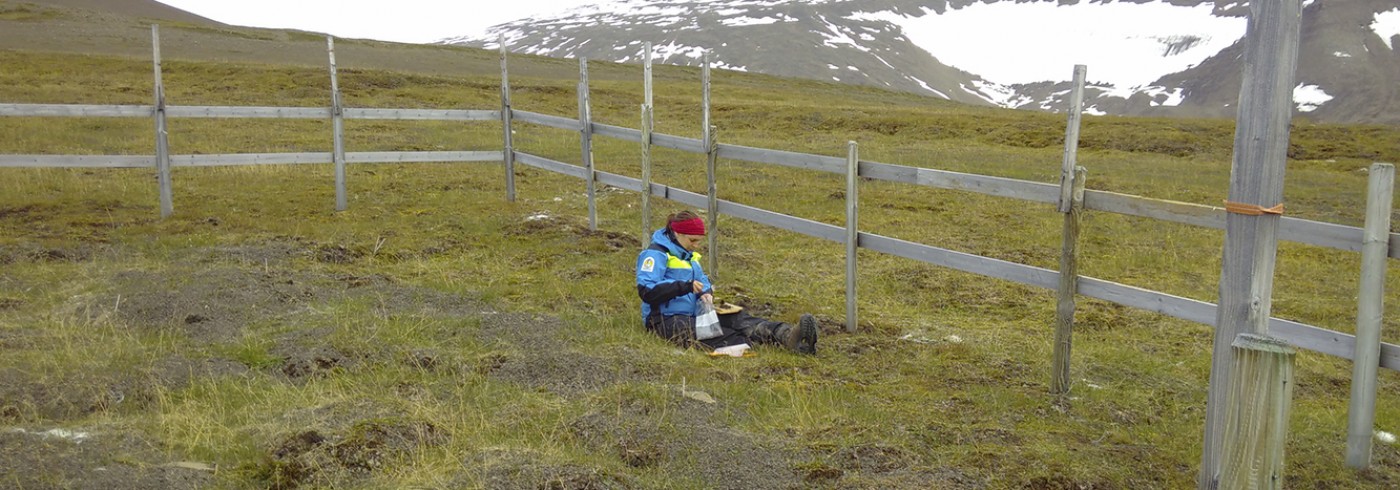Reindeers is one of the herbivores that has the greatest impact on vegetation in the Arctic. Reindeer grazing can, for example, decrease the spreading of trees and tall shrubs. Reindeers also affect the nutrient cycle of the vegetation, ecosystem processes and how the vegetation responds to climate change. In order to determine future vegetation patterns and biodiversity in the Arctic it is important to study the interaction between plants and herbivores.
In this research project, researchers study the effects of reindeer on tundra vegetation. In several places in Scandinavia and the Arctic, researchers have built exclosures that keep reindeers out. This makes it possible to compare the exclosures to areas where herbivores have been able to graze as usual. The researchers are, for example, examining vegetation growth, nutrient cycling, and plant community composition, inside and outside the exclosures. That way it’s possible to see the long-term effects of reindeer grazing on the tundra vegetation and the nutrient cycle in the Arctic.
This summer’s field work is a continuation of last year’s inventory in Semmeldalen on Svalbard.
Principal investigator
Elin Lindén
Department of Ecology and Environmental Science, Umeå University

